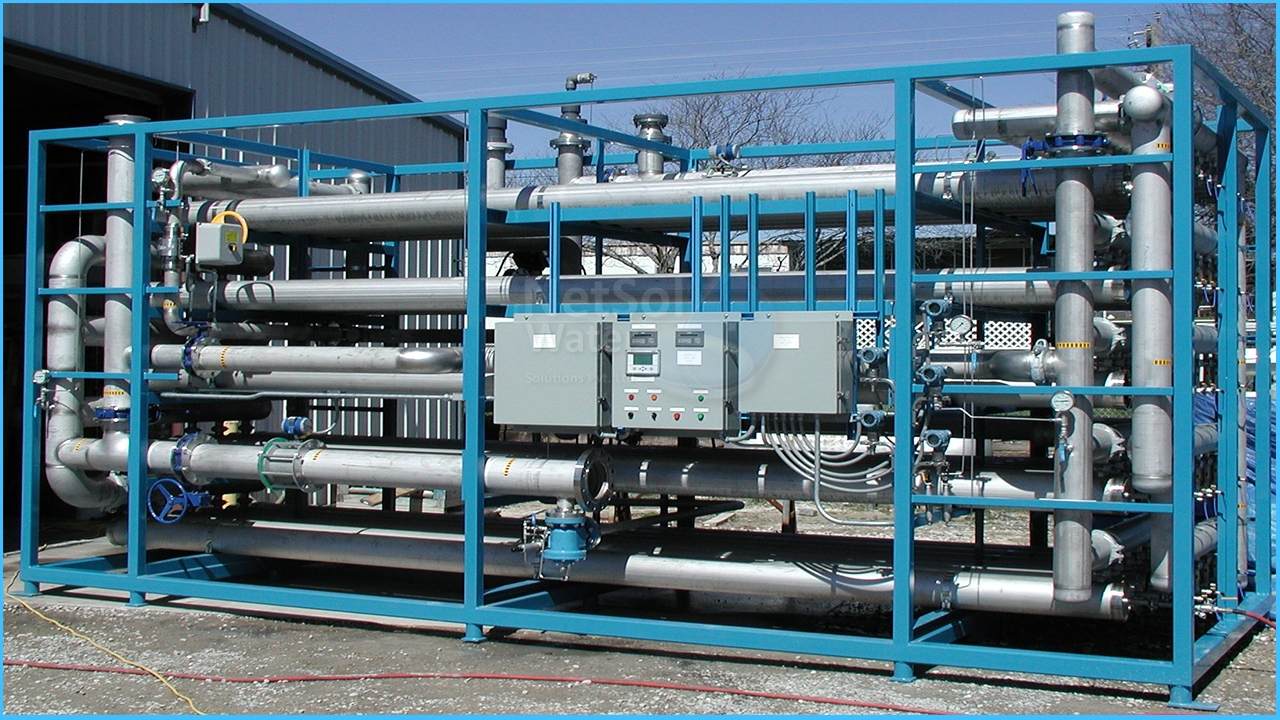Cost effective steam driven ro plant for brackish groundwater
In India, availability of water is reducing steadily as population grows. It was estimated that by 2020, India will become a water-stressed nation. Groundwater is the major source of water in the country, with 85% of the population dependent on it. While the urban water supply predominately uses surface and ground water, nearly 70% of drinking water requirements in rural India are met by ground water. The quality of ground water is variable and fails to meet the drinking water requirements in many areas. Frequently it is brackish or contaminated with excess fluoride, arsenic, iron, or microorganisms.
Desalination is an energy intensive process. In desalination based on membrane Reverse Osmosis (RO), energy is consumed solely in the form of electricity, in amounts depending on the influent character i.e. brackish or seawater. The consumption of energy increases with the level of salinity in the feed water.
The most prudent use of energy may be achieved by combining thermal sources of energy with membrane RO technology. Very little work has been reported to explore this idea so far. Only a few researchers tried connecting the RO process with solar thermal power plants.
COUPLING ENERGY SOURCE WITH RO
In a membrane or RO process, a conventional pressure pump system delivers water at a constant rate irrespective of the concentration level of feed water, whereas in the batch system proposed here, a coupling mechanism gradually increases the pressure, as per the requirement due to the increment in osmotic pressure. The batch system thus provides lower energy consumption, and less reject per unit of produced clean water.
In this machine, the power piston moves along a horizontal axis and, with the help of the linkage mechanism, transfers power to the water piston moving along a vertical axis. The unit is bulky and complicated to construct due to movement of pistons along these mutually perpendicular axes.
A steam-Rankine cycle has been designed to drive mechanically a batch-RO system that achieves high recovery, without the high energy penalty typically incurred in a continuous-RO system. The steam may be generated by solar panels, biomass boilers, or as an industrial by product. A steam-jacketed arrangement has been designed for isothermal expansion and improved thermodynamic efficiency. Based on detailed heat transfer and cost calculations, a gain output ratio of 69-162 is predicted, enabling water to be treated at a cost of 71 Indian Rupees/m3 at small-scale. Costs will reduce with scale-up. Plants may be designed for a wide range of outputs, from 5 m3/day, up to commercial versions producing, 300 m3/day of clean water from brackish groundwater.
These key factors are of high importance whilst coupling any energy source with reverse osmosis process:
- 1. Appropriate variation of mechanical advantage to minimize change in net driving pressure.
- 2. Forces on pistons should not be too high to avoid high capital and maintenance costs.
- 3. Net drive pressure above 30-35 bar should be avoided, as heavy duty piping and connections will be needed. Lower pressure also increases the life of the membrane.
- 4. Designs with less cycle time and higher are preferred, but not at the cost of specific energy consumption
- 5. The unit should tolerate a range of pressure, meaning that if it gives best performance at certain pressure P, it should all perform well over a range say P± 1bar. This will ensure robustness in process.




